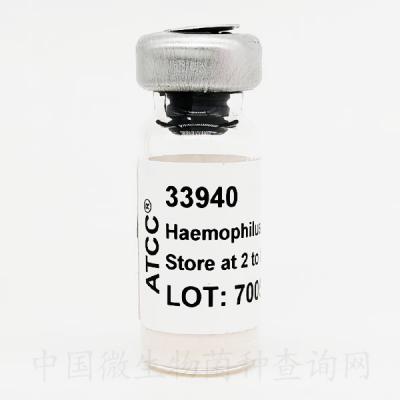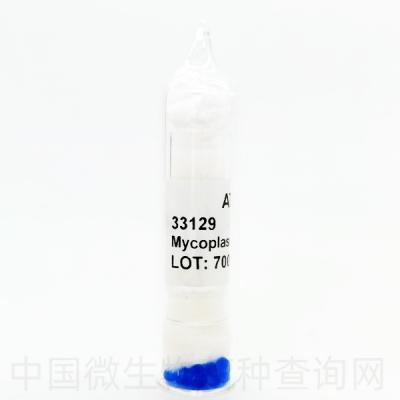
ATCC® Number:50209™
Organism: Balamuthia mandrillaris Visvesvara et al.
Designations: CDC:V039
Isolation: brain tissue from 3 year, 10 month old female mandrill, Papio sphinx, that died of amebic meningoencephalitis, San Diego Zoo, 1986
Depositors: GS Visvesvara
Biosafety Level:2
Shipped: frozen
Growth Conditions: ATCCmedium 1156: RP mediumTemperature: 35.0°C Protocol: ATCCNO: 50209 SPEC: Upon arrival place frozen ampule directly into a 35C water bath, transfer thawed contents to 10 ml of fresh medium in a T-25 tissue culture flask containing a monolayer of African green monkey kidney cells (ATCCCRL-1586). The amoebae will completely destroy the monolayer and then encyst. Vigorously agitate the encysted culture and aseptically transfer 0.1 ml to a fresh monolayer of ATCCCRL-1586.
Permits/Forms: In addition to the MTA mentioned above, other ATCC and/or regulatory permits may be required for the transfer of this ATCC material. Anyone purchasing ATCC material is ultimately responsible for obtaining the permits. Please click here for information regarding the specific requirements for shipment to your location.
Type Strain: yes(type strain)
Comments: growth in axenic media [32579] The amoebae can be maintained on a number of different cell lines [4990] agent of amebic meningoencephalitis [48914] [24186] experimental infection in mice [48915]
Classification: KINGDOM: Protozoa
References: 4990: Visvesvara GS, et al. Balamuthia mandrillaris, n. g., n. sp., agent of amebic meningoencephalitis in humans and other animals. J. Eukaryot. Microbiol. 40: 504-514, 1993. PubMed: 8330028 24186: Visvesvara GS, et al. Leptomyxid ameba, a new agent of amebic meningoencephalitis in humans and animals. J. Clin. Microbiol. 28: 2750-2756, 1990. PubMed: 2280005 32579: Schuster FL, Visvesvara GS. Axenic growth and drug sensitivity studies of Balamuthia mandrillaris, an agent of amebic meningoencephalitis in humans and other animals. J. Clin. Microbiol. 34: 385-388, 1996. PubMed: 8789020 48914: Rideout BA, et al. Fatal infections with Balamuthia mandrillaris (a free-living amoeba) in gorillas and other Old World primates. Vet. Pathol. 34: 15-22, 1997. PubMed: 9150541 48915: Janitschke K, et al. Animal model Balamuthia mandrillaris CNS infection: contrast and comparison in immunodeficient and immunocompetent mice: a murine model of granulomatous amebic encephalitis. J. Neuropathol. Exp. Neurol. 55: 815-821, 1996. PubMed: 8965096





